
Italian Anemones: The Story and Beauty of Anemone coronaria
Share
The Italian anemone, also known as Anemone coronaria or the crown anemone, is a magnificent flower cherished by gardeners and florists alike. Known for its vibrant, multi-colored blooms and symbolic meaning, this Mediterranean native holds a unique place in gardens and myths alike. Let’s explore the fascinating world of Italian anemones, including their background, symbolism, and cultivation tips.
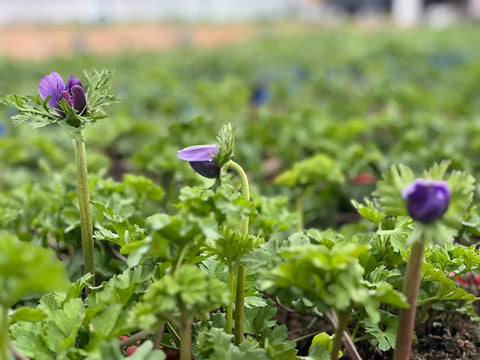
Origins and Mythology
The anemone, commonly known as the windflower, derives its name from the Greek word "anemos," meaning "wind." This delicate flower, part of the buttercup family, carries rich mythological and cultural associations, making it both captivating and mysterious.
According to Greek mythology, the anemone owes its existence to the story of a beautiful nymph, Anemone, who was loved by Zephyr, the gentle spring wind, and Boreas, the wild god of the north wind. Their rivalry provoked Chloris, the goddess of flowers, who turned Anemone into a flower out of jealousy. This windflower would bloom, wither, and disappear with the passing winds, a reflection of the fleeting beauty and sadness that often accompany love.
In another legend, the anemone is linked to Venus, the Roman goddess of love. When Venus mourned the loss of her beloved Adonis, her tears fell to the earth and transformed into anemones. This tale connects the anemone to themes of grief, love, and the promise of renewal beyond loss.
In Christian tradition, anemones are thought to have grown at the foot of Jesus’ cross, symbolizing his suffering and sacrifice. This association led to the flower’s reputation as a symbol of fragility and endurance.
Superstitions surrounding anemones developed over centuries. In Egypt, the flower was thought to represent sickness because of its reddish hues, while in China, it became known as the "Flower of Death." Some European traditions viewed anemones as harbingers of misfortune, while others believed they could protect against disease. English folklore suggested collecting the first anemone of the season as a charm to ward off illness, wrapping it in silk, and keeping it as a protective amulet.
In ancient Greece, it was believed that anemones opened only when the wind blew. This trait led to their association with the arrival of spring winds, seen as a sign of new beginnings and fresh starts. According to Pliny the Elder, these "windflowers" bloomed as messengers of the wind, closing in stillness and reawakening with each gust.
Some legends even connect anemones to magical creatures, with fairies said to sleep beneath their petals after dusk, taking shelter in the safety of their closed flowers.
In the language of flowers, anemones have come to symbolize anticipation, their delicate petals and fleeting nature reflecting the promise of things yet to come and the beauty found in waiting.
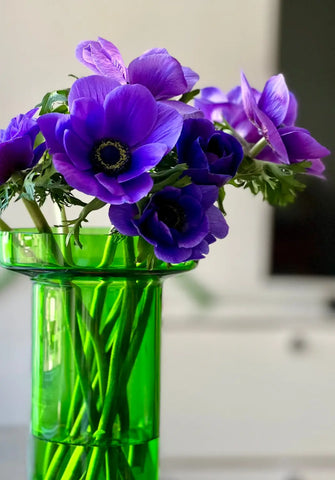
Botanical Overview
Anemone coronaria belongs to the Ranunculaceae family, which includes around 2000 species spread across 45 genera. Native to the Mediterranean region, these anemones are commonly found in sunny, open areas. In Italy and other Mediterranean countries, Italian anemones bloom in early spring and enter dormancy as the summer heat intensifies. This seasonal cycle is central to their cultivation and care.
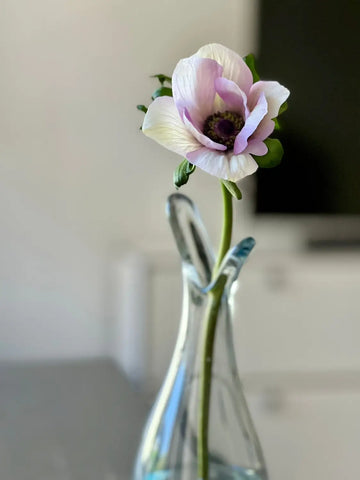
Italian Anemones in the Garden
Anemone coronaria is known for its bright, large, and silky petals in vivid colors ranging from scarlet red and deep purple to pure white. With their striking hues and prominent black centers, they are often called “poppy anemones” due to their resemblance to poppies. They make wonderful additions to garden beds, borders, and container displays, adding bursts of color and elegance to any setting.
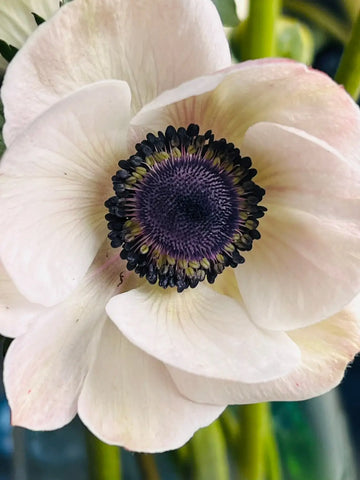
Growing Italian Anemones
Italian anemones are generally grown from tubers, although they can also be propagated from seeds. Here are some essential tips for successfully growing Anemone coronaria:
- Site Selection: Choose a sunny location with well-drained, slightly alkaline soil rich in organic matter. These plants prefer a pH of 6-8 and will thrive in full sun or partial shade.
- Soil Preparation: Prepare the soil with compost or other organic material to ensure it is loose and rich in nutrients.
- Tubers: Soak tubers in lukewarm water for 2-3 hours before planting to promote germination. Plant the tubers in early spring or late fall, depending on your climate.
- Planting Depth: Plant tubers 4-5 cm deep, spaced 10-15 cm apart, with the pointed side facing upwards.
- Watering: Keep the soil consistently moist, especially during the growing season, but avoid waterlogging. Italian anemones tolerate dry periods but thrive with regular watering and a bit of extra care in hot weather.
- Fertilization: During flowering, anemones benefit from a balanced fertilizer every two weeks to enhance blooming and prolong the flowering season.
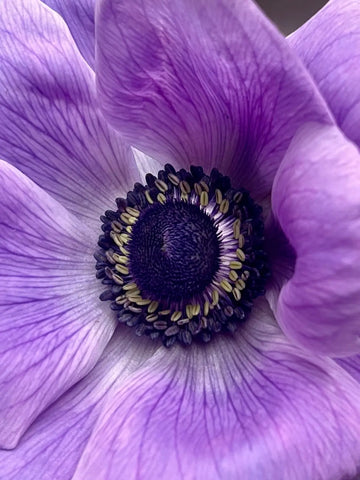
Pest and Disease Management
Italian anemones are relatively low-maintenance but can be susceptible to root rot in overly moist soil. They are also vulnerable to gray mold (Botrytis) in damp conditions, which can cause spots on leaves and buds. Aphids may occasionally infest anemones, spreading viruses and causing damage. Regular inspection, good air circulation, and proper spacing can help prevent these issues.
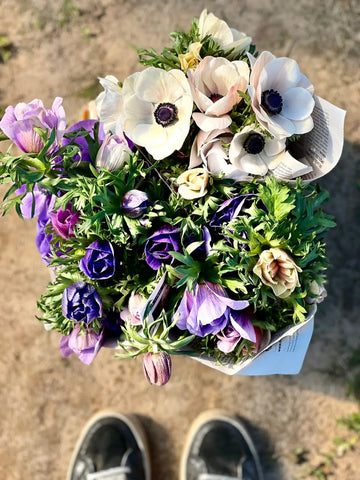
Italian Anemones as Cut Flowers
Italian anemones are highly valued in floral arrangements, thanks to their long-lasting beauty and vibrant colors. They are particularly popular in wedding bouquets, centerpieces, and other decorative arrangements. Their symbolic meaning of anticipation and resilience adds depth to floral designs, making them a meaningful addition to any display.
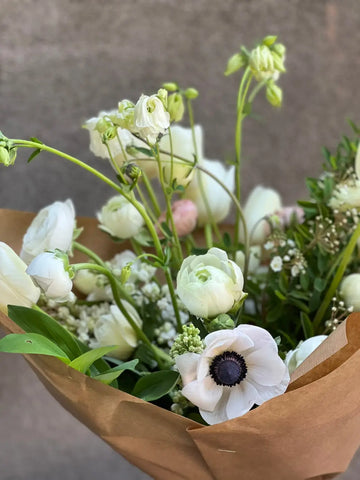
Conclusion
With their stunning beauty, historical significance, and versatility, Italian anemones (Anemone coronaria) remain a favorite for gardeners and florists around the world. Although they require some care, their bright, long-lasting blooms make every effort worthwhile. Whether grown in gardens or as cut flowers, these “windflowers” bring color, history, and charm to any setting.
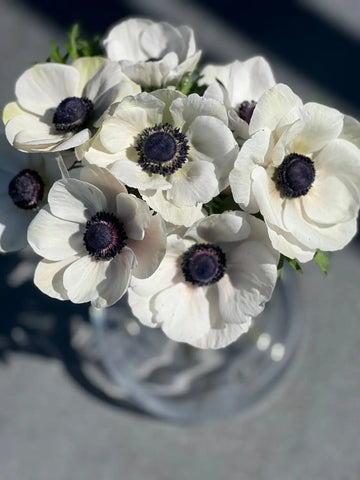
Explore the magic of Italian anemones and bring a piece of Mediterranean beauty into your garden!









